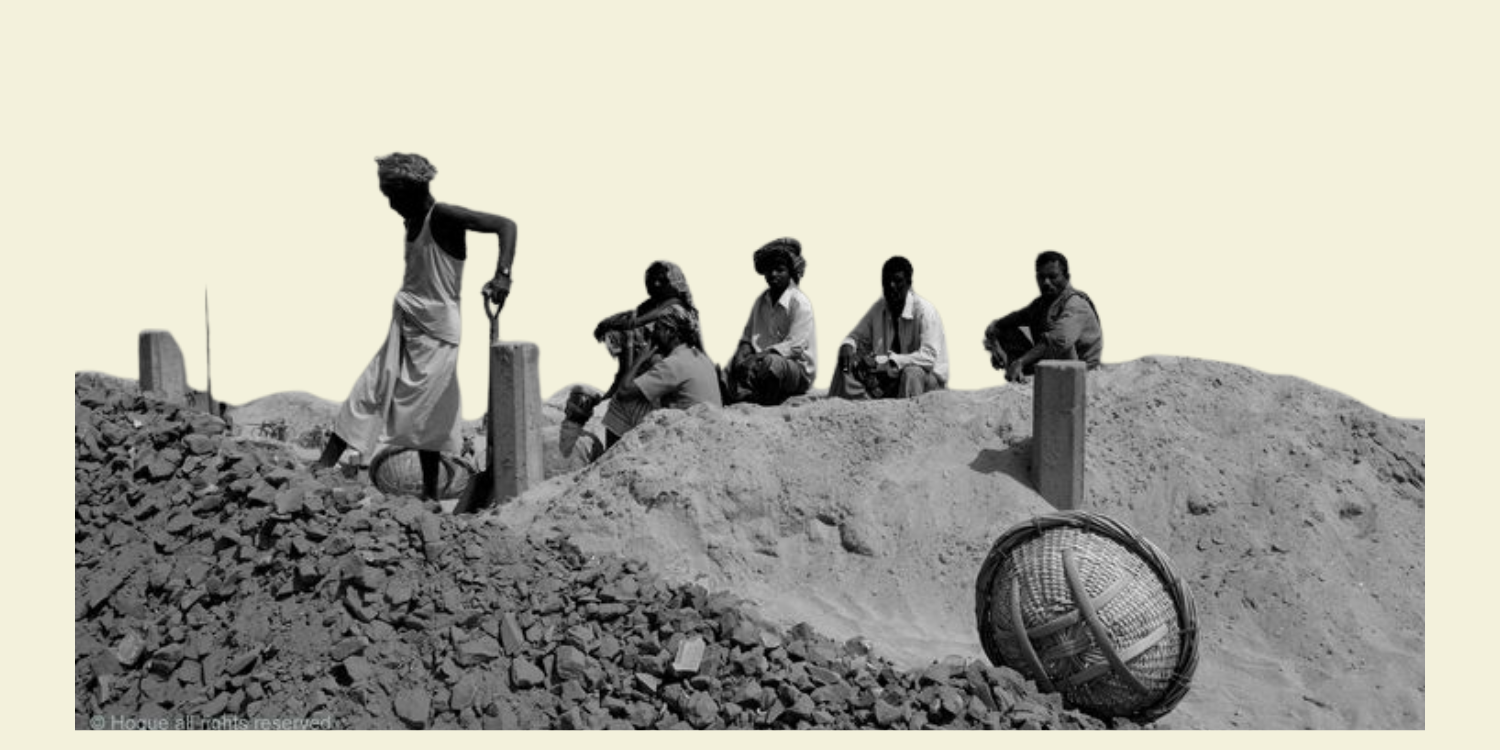ABSTRACT
Over the years, India has emerged as a major producer and exporter of opium. However, only a small percentage of the total domestic cultivation of opium is utilized to meet the medical needs of patients in India, an issue which lies at the core of the opioid paradox facing the country. This paper explores the delicate balance between ensuring availability of and access to opioids for medical usage, primarily for pain relief, and regulating their diversion for illicit trade, consumption and abuse.
PRODUCTION AND CONSUMPTION OF OPIOIDS IN INDIA
Being one of the few countries in the world where the cultivation of opium poppy for medicinal and scientific purposes is legal, India is a top producer of opium for the legal medical market globally.1 In 2017, India accounted for 98.4% of the total opium production in the world. In the same year, India was also the only licit exporter of raw opium, with 91.4% of all global exports coming from India (International Narcotics Control Board 2018: 24).
Within India, licensed opium cultivation is seen in the states of Madhya Pradesh, Rajasthan and Uttar Pradesh, albeit under strict governmental supervision2 (Department of Revenue n.d.). Poppy farmers working on notified tracts in these states are required to tender their entire produce to the Central Bureau of Narcotics, which transfers it to Government Opium and Alkaloid Works (GOAWs) situated at Neemuch, Madhya Pradesh and Ghazipur, Uttar Pradesh. The opium factories under these GOAWs dry the opium for export and for use in alkaloid 3plants, which further sell them to pharmaceutical manufacturers.
India is also the only country authorised by the United Nations Single Convention on Narcotic Drugs of 1961 to legally produce opium gum, an extract containing several indispensable, naturally-occurring alkaloids such as morphine and codeine 1 (Department of Revenue n.d.). Opium farmers are required to turn over a fixed amount of this extract (known as Minimum Qualifying Yield) to the Government works at Ghazipur, Uttar Pradesh, and Neemuch, Madhya Pradesh, failing which the renewal of their licenses is denied.
It has been reported that farmers are paid INR 1,800 per kilogram of harvested opium gum by the government (Bera 2017). The price for the same, if sold illegally in a ‘black/grey market’, ranges between INR 60,000 and INR 1,20,000 (Ibid.). This stark discrepancy in prices is a major factor driving heirloom poppy license holders to divert their produce towards illegal trade and consumption.
Illicit use of pharmaceutical drugs is widespread in India, with cases of abuse reported in all the states (Narcotics Bureau of India 2017: 39). India has thrice the global average prevalence of illicit opiate consumption (Ministry of Social Justice and Empowerment 2019: 4). After alcohol and cannabis, opioids, including opium and its variants (such as poppy husk, also known as doda or phukki2), heroin (including its impure form called smack or brown sugar) and pharmaceutical opioids are the most commonly used substances in India (Ministry of Social Justice and Empowerment 2019: 2).





